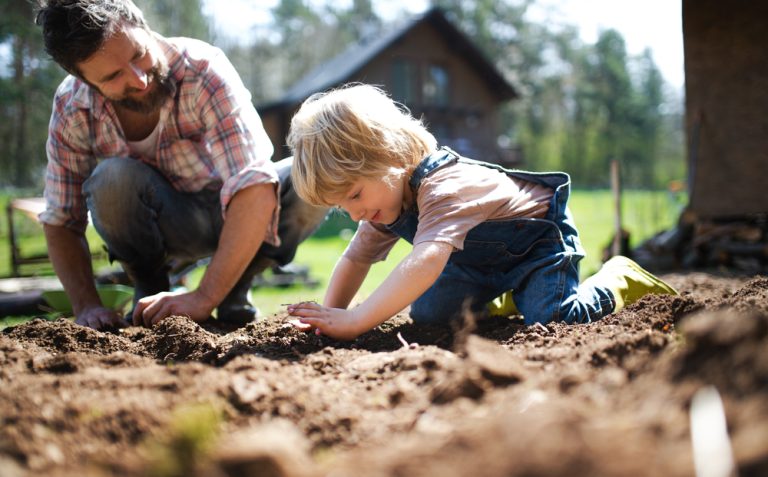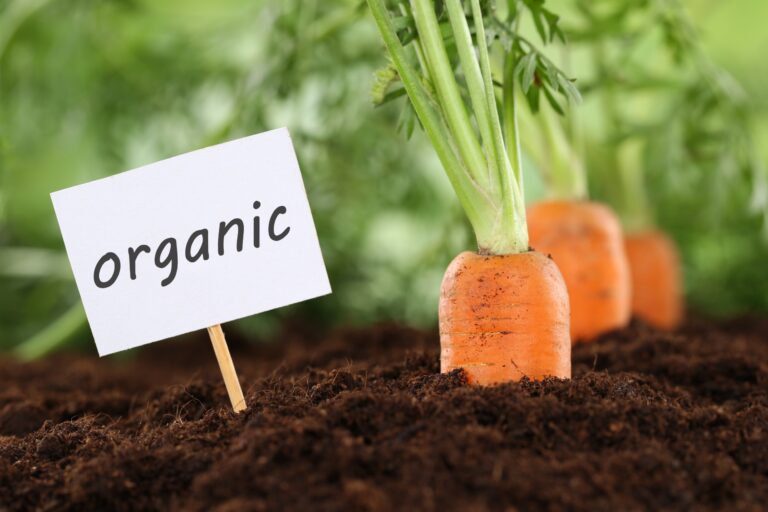If you’ve ever walked through a forest after the rain, you’ve experienced the magic of leaf mold—whether you realized it or not. That soft, springy, sweet-earth-smelling layer under your feet? That’s leaf mold, and it’s basically Mother Nature’s richest soil conditioner. Gardeners who know its power treat it like black gold, because it transforms ordinary…
healthy plants
Enhance Your Garden Naturally with These Top 5 Organic Fertilizers
In an era where sustainability and organic living are more than just trends – they’re a lifestyle – the demand for natural garden care solutions is on the rise. For those with a green thumb, turning to organic fertilizers is a step towards nurturing your garden in harmony with nature. These fertilizers not only enrich…

